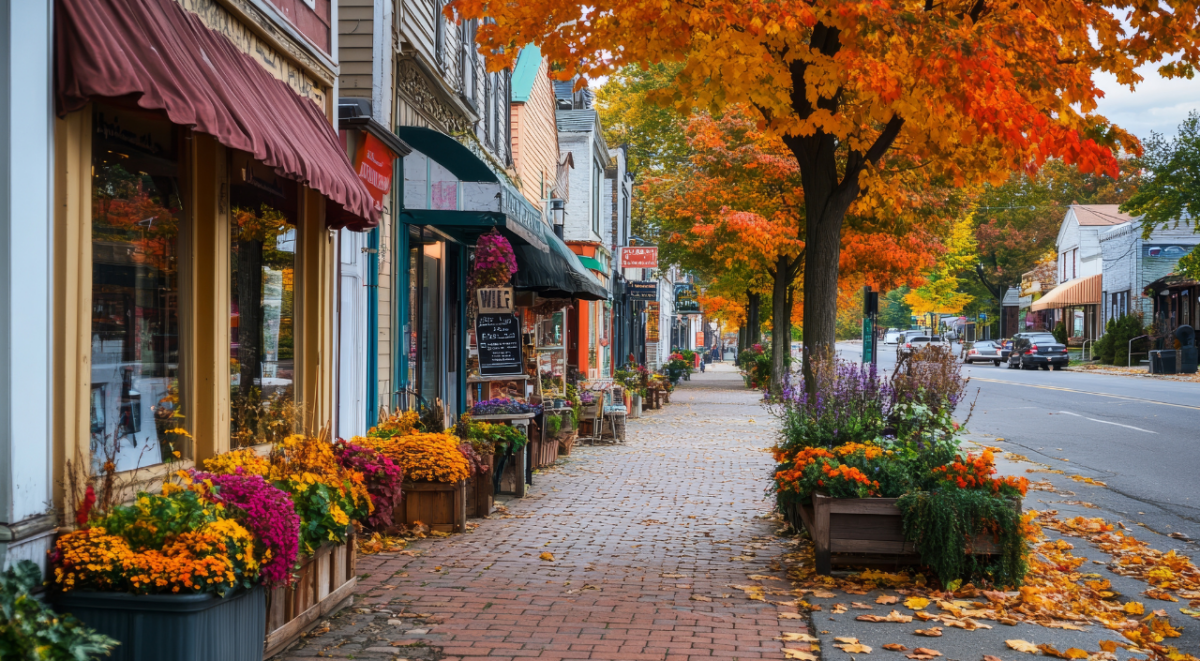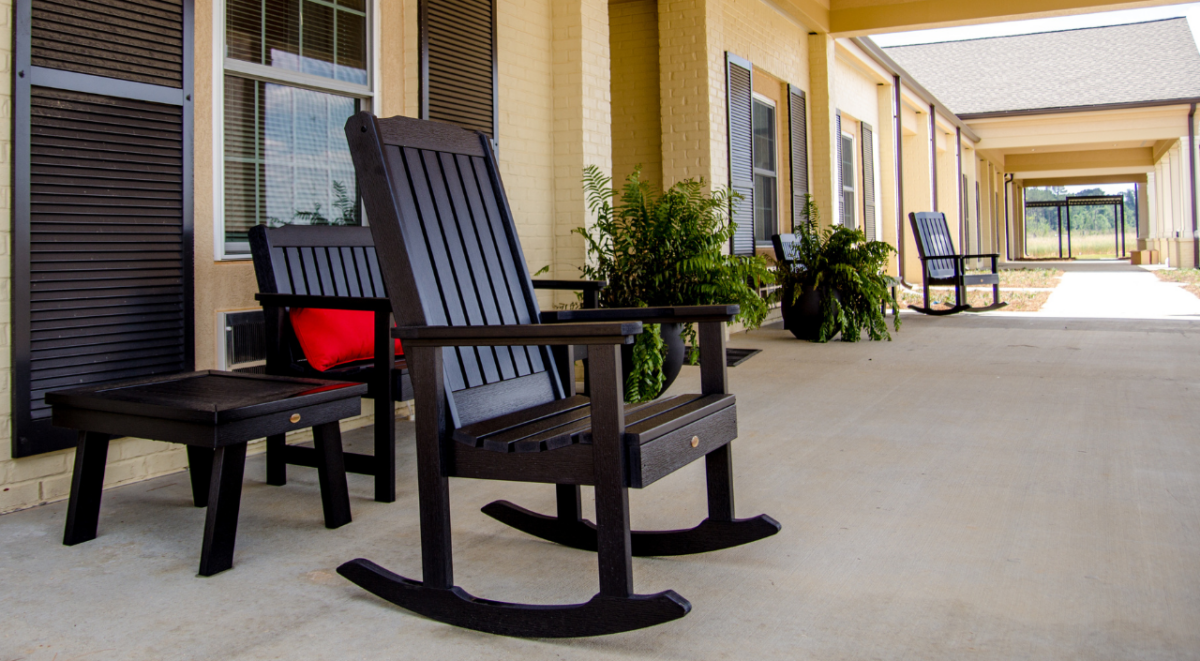What’s the Best Choice for Your Small Business?
As a small business owner, securing the right financing can be crucial for your company’s growth and success. Two popular government-backed loan programs that often come up in discussions are the Small Business Administration (SBA) 7(a) and the U.S. Department of Agriculture (USDA) OneRD loan programs. Exploring these two financing options can help you determine which loan program might be the best fit for your financial needs.
Before finding the right fit for your organization, let’s first understand the basics of both government-guaranteed loan programs and identify the key features of each.
SBA 7(a) Loans: Versatility for Various Industries
What is an SBA 7(a) Loan?
The SBA 7(a) Loan Program is the SBA’s primary program for providing financial assistance to small businesses. These loans are not directly issued by the SBA but rather by participating lenders, like North Avenue Capital, with the SBA guaranteeing a portion of the loan. NAC’s parent company, Veritex Community Bank, is an SBA-preferred lender and has closed more than three-quarters of a billion dollars in SBA loans as of 2024.
SBA 7(a) Loans from NAC:
- Loan amounts range from $500,000 to $5 million (per borrowing entity).
- Primary loan usage is focused on business acquisitions but can be used for various purposes, including working capital, equipment purchases, and real estate.
- Longer repayment terms than conventional loans, up to 25 years. Lower down payments.
- Interest rates may be fixed or variable with quarterly adjust.
- SBA guarantees up to 85% of loans of $150,000 or less, and up to 75% of loans of more than $150,000. NAC participates in SBA 7(a) lending starting at $500,000.
USDA OneRD Loans: Supporting Rural Development
What is a USDA OneRD Loan?
A common misconception is that USDA Rural Development or OneRD loans are strictly for agricultural-related businesses or farms. However, “rural” encompasses 97% of the U.S., opening up opportunities for a vast range of communities. See NAC’s interactive map to explore eligible areas near you.
The USDA OneRD Guarantee Loan Initiative includes four rural development loan guarantee programs, designed specifically to support the economic development of rural communities nationwide. These programs include the USDA Business & Industry Loan Program, USDA Community Facilities Loan Program, and USDA Rural Energy for America Program. North Avenue Capital is a preferred USDA Rural Development lender.
Since the USDA CF Program is exclusively for non-commercial entities, it’s not a viable option for small businesses. The USDA REAP program provides funding for renewable energy and sustainability projects. REAP loans are available to small businesses wanting to construct or purchase a renewable energy system or make energy efficiency improvements, but not for conventional business uses. When it comes to USDA OneRD Loan Programs, the USDA B&I program offers the broadest funding possibilities for small businesses.
USDA Business & Industry Loans from NAC
- Large loan amounts range from $2 million to $25 million.
- Designed to support rural small businesses and communities. It can be used for various purposes, including business expansion, acquisition, infrastructure improvements, new or ground-up construction, and working capital.
- Long repayment terms, extending up to 30 years.
- Interest rates may be fixed or variable with quarterly adjust.
- The loan guarantee percentage for loans approved in fiscal years 2024 and 2025 is 80%.
Comparing SBA 7(a) Loans and USDA B&I Loans
| Key Feature | SBA 7(a) Loan Program | USDA Business & Industry Loan Program |
| Loan Amount | $5,000 – $5 million | $ 2 million – $25 million |
| Eligible Areas | Any location | Rural areas with populations of up to 50,000 |
| Eligible Businesses | For-profit businesses | For-profit small businesses |
| Use of Funds | Acquisition, partnership buyout, refinancing, working capital, equipment purchase, real estate purchase, renovations and updates | Acquisition, refinancing, working capital, equipment purchase, real estate purchase, startups, new construction, renovations and updates |
| Term Length | Up to 25 years | Up to 30 years |
Choosing the Right Loan for Your Business
When deciding between an SBA 7(a) loan and a USDA B&I loan, consider the following factors:
1. Location: SBA 7(a) Loans are available to small businesses nationwide with no rural constraint, while USDA B&I Loans do have a rural requirement. To be eligible for a USDA commercial loan, the business or project being funded must be in a rural community with a population of 50,000 or fewer residents. You can check your rural location status in seconds, using NAC’s USDA eligibility map here.
2. Loan Amount: While both programs offer substantial funding, USDA B&I loans provide higher loan amounts (up to $25 million), while SBA 7(a) Loans max out at $5 million.
3. Loan Purpose: Both loans offer flexibility, but USDA B&I loans may be more suitable for larger-scale projects. For example, building a food production facility and outfitting it with large machines or reflagging an existing hotel may come with higher price tags and thus require higher loan amounts.
4. Repayment Terms: SBA 7(a) Loans offer terms up 25 years, while USDA B&I Loans extend up to 30 years.
Conclusion
Both the SBA 7(a) and USDA B&I loan programs offer valuable financing options for small businesses. Your choice will depend on your business’s location, industry, and specific needs. For more information on both program options, contact an NAC loan specialist who can provide personalized guidance based on your unique situation.
Remember, securing the right financing is just one step in your business journey. With the appropriate funding in place, you’ll be better positioned to achieve your business goals and contribute to your community’s economic growth.


